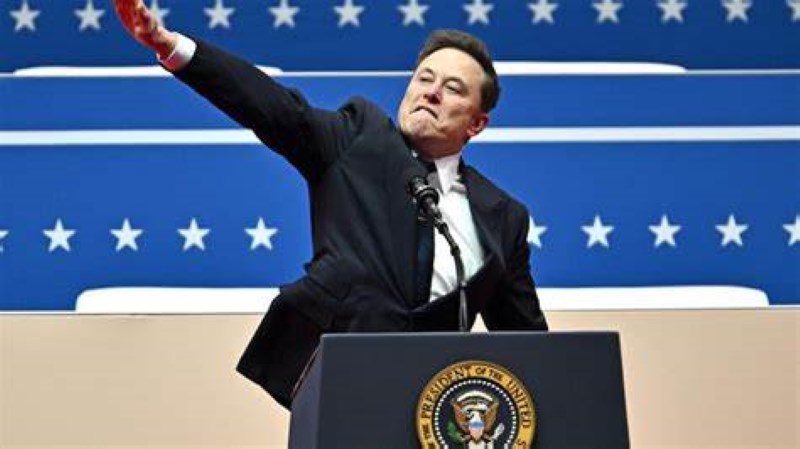World
Brussels Launches Diplomatic Offensive to Revive Trade Talks with the U.S.
Next week, the European Union will deliver a comprehensive trade proposal document to the United States. The main goal is to relaunch negotiations with the Trump administration in the midst of tariff tensions and shared global challenges.
A Plan to Reduce Barriers and Promote Investment
The draft includes removing regulatory obstacles, encouraging European investment in the U.S., and strengthening cooperation against external threats like China’s steel overproduction. It also features a European commitment to purchase U.S. goods, particularly liquefied natural gas and advanced technology.
Ongoing Consultations Could Alter the Final Document
Although the general outline of the plan is set, the European Commission is still fine-tuning details with member state governments. Sources suggest some elements may be adjusted before the final submission to the U.S. government.
Brussels Prepares Countermeasures in Case Talks Fail
Simultaneously, the EU is preparing retaliatory measures if no substantial progress is achieved. These may include additional tariffs on U.S. products and possible restrictions on American exports in response to Trump’s protectionist stance.

Musk’s First 100 Days in Washington
Today marks Musk’s first 100 days into Donald Trump’s second term, a date that coincides…
Cross Tariffs Strain Bilateral Relations
The EU has delayed a new tariff package by 90 days, while the U.S. reduced tariffs on European goods from 20% to 10%. However, 25% duties remain on European steel, aluminum, and cars, with additional threats targeting key sectors like semiconductors and pharmaceuticals.
Washington Insists on Maintaining Its Measures
Officials in Washington state that many tariffs will remain indefinitely. The White House accuses the EU of trade imbalances and discriminatory regulations, complicating the path to an immediate agreement.
Brussels Considers WTO Action and Adapts to the New Trade Order
Amid uncertainty, the EU is weighing action through the World Trade Organization and exploring strategies to soften the effects of the global trade reshuffle. This includes addressing the impact of Trump’s 145% tariffs on Chinese goods now seeking new markets.


